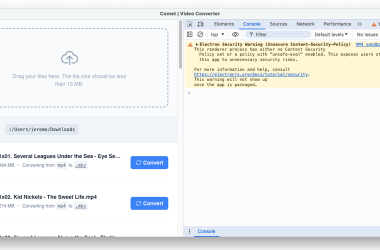👋 Hey, binary sleuths! 🕵️♂️💡
Today, we dive into a clever bit manipulation puzzle — LeetCode 2311: Longest Binary Subsequence Less Than or Equal to K. It’s all about squeezing the longest subsequence out of a binary string that forms a number ≤ k. Let’s decode this one together! 🧠
🧠 Problem Summary
You’re given:
- A binary string
s - An integer
k
You need to return the length of the longest subsequence of s such that:
- That subsequence forms a valid binary number ≤
k - Leading zeroes are allowed
- Subsequence must respect the original order of characters
🧩 Intuition
To maximize the length of the subsequence:
- Include all ‘0’s — they do not increase the binary value.
- Greedily add ‘1’s from the right side — since binary is weighted from right to left, rightmost ‘1’s have smaller impact.
- Stop adding when the resulting number exceeds
k.
🧮 C++ Code
class Solution {
public:
int longestSubsequence(string s, int k) {
int oneCount = 0;
int num = 0;
int pow = 1;
// Take as many 1s as possible from the right.
for (int i = s.length() - 1; i >= 0 && num + pow <= k; --i) {
if (s[i] == '1') {
++oneCount;
num += pow;
}
pow *= 2;
}
return ranges::count(s, '0') + oneCount;
}
};
💻 JavaScript Code
var longestSubsequence = function(s, k) {
let oneCount = 0;
let num = 0;
let pow = 1;
for (let i = s.length - 1; i >= 0 && num + pow <= k; i--) {
if (s[i] === '1') {
oneCount++;
num += pow;
}
pow *= 2;
}
const zeroCount = [...s].filter(ch => ch === '0').length;
return zeroCount + oneCount;
};
🐍 Python Code
class Solution:
def longestSubsequence(self, s: str, k: int) -> int:
one_count = 0
num = 0
pow_ = 1
for i in range(len(s) - 1, -1, -1):
if s[i] == '1':
if num + pow_ > k:
break
one_count += 1
num += pow_
pow_ *= 2
return s.count('0') + one_count
✅ Final Thoughts
This is a brilliant example of how understanding binary properties helps solve real problems. A few key insights let us:
- Avoid brute-force subsequence generation
- Use greedy and bitwise intuition
- Keep things simple and efficient
Drop a ❤️ if this helped, and keep sharpening your problem-solving toolkit! 💻✨
Happy coding! 🚀





![[boost]](https://prodsens.live/wp-content/uploads/2025/08/37569-boost-380x250.png)